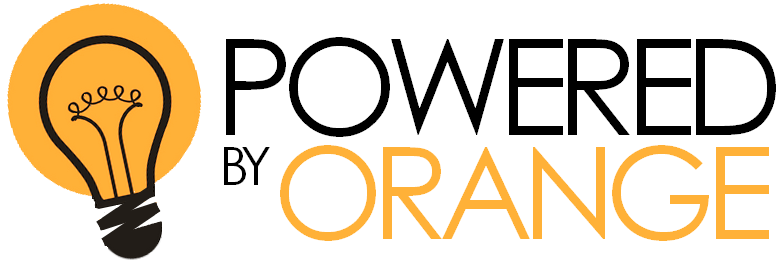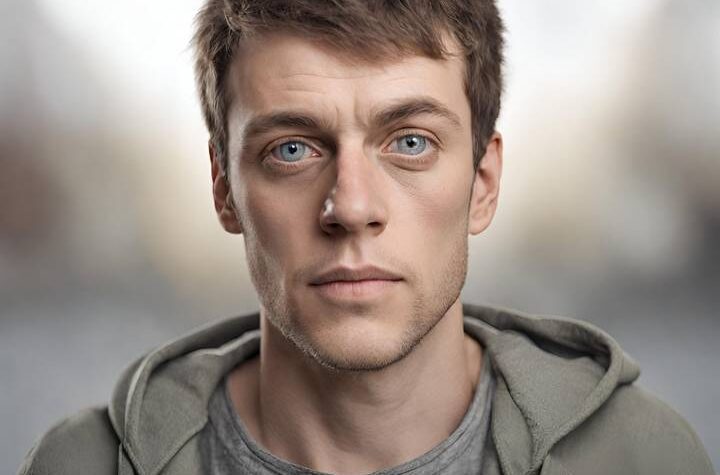Fragile X syndrome is a genetic condition caused by changes in the FMR1 gene. It leads to various developmental and intellectual hurdles. This disorder is a top hereditary cause of intellectual disabilities and autism spectrum disorders. People with Fragile X syndrome struggle with language, communication, socializing, and repetitive actions.
Living with Fragile X syndrome can be challenging for individuals and their families. The syndrome might lead to ongoing learning problems, behavioural issues, and emotional struggles. Families often give continuous support alongside interventions to help those with Fragile X syndrome reach their highest potential.
However, many people with Fragile X syndrome have achieved incredible feats. Famous celebrities didn’t let their condition keep them from following their dreams. They’ve made their mark in the entertainment world and advocate for others. With persistence, a strong support system, and suitable interventions, those with Fragile X syndrome can forge meaningful lives while giving back to the community.
Here are all the famous people with the fragile X syndrome.
Andy Tranfaglia
Andy Tranfaglia, a 25-year-old with Fragile X syndrome, saw remarkable progress during an experimental drug trial, sparking hope for his family. As a result of Fragile X, a genetic condition that impacts brain development, Andy faced autism and intellectual disability. But the trial made him more social, talkative, and happy – a fantastic change.
His parents, Michael Tranfaglia and Katie Clapp, co-founded the FRAXA Research Foundation, which was crucial in making this trial come true. They started the foundation in 1994 to find treatments for Fragile X, inspired by their son Andy. They supported research by Mark Bear at MIT, which found that Fragile X affects the mGluR5 brain pathway. Then, they convinced Novartis and Roche, two drug companies with potential treatments targeting this pathway, to test their drugs on people with Fragile X.
Sadly, the trial didn’t live up to hopes, and the drugs’ future is unclear. Andy’s incredible change and the foundation’s dedication keep their mission alive. This journey shows the challenges and tireless passion of families and researchers working to understand and treat Fragile X syndrome.
James Wackerman
Sophia James is an American Idol top 10 finalist. Her older brother, James Wackerma has Fragile X syndrome. Using her platform, she stressed the significance of supporting those impacted by the disorder. She shared stories about their connection and happy moments together.
Sophia admitted that as a sibling, she often highlights her brother’s positive qualities while downplaying Fragile X’s challenges. Nevertheless, she revealed her intention to discuss her experiences honestly and candidly. She talked about their strong bond through music and other shared interests, expressing their happiness when spending time with one another.
Diagnosed at four years old, James’ condition was not confined to Sophia, as she was born seven years later. She aimed to encourage understanding and support for those affected by this condition. She also wanted to emphasize sharing personal experiences to increase awareness and empathy.
Sam Blackwood
Sam Blackwood faces hurdles tied to his fragile X syndrome, a genetic issue affecting brain growth. At the South Carolina Autism and Neurodevelopmental Disorders Consortium’s research event, his mother, Robin shares her adventure with her son Sam, living with fragile X syndrome. Mainly impacting boys, fragile X can cause developmental setbacks, intellectual challenges, and concentration problems. Robin emphasizes how essential experts, doctors, and family members are to join forces to tackle genetic issues.
Sam’s anxiety, often seen in Fragile X cases, influences his family’s daily lives. At just ten years old, he undergoes worry episodes that result in irritability and hostile behaviour. Although there isn’t a cure for Fragile X yet, scientists have made significant progress toward understanding its genetic roots and possible therapeutic approaches. Robin urges the medical community to persist in their crucial efforts to enhance the lives of people like Sam and their loved ones.
Varun Naren
Varun Naren, a 22-year-old with Fragile X syndrome, is an inspiring example of differently-abled people’s potential. Initially mistaken for autism, his mom, Veena Naren, understood the importance of raising awareness for Fragile X patients. This genetic condition is often misdiagnosed or undetected in India, affecting many kids and causing difficulties in development, like learning issues, behaviour problems, and more.
Fueled by Veena’s unwavering commitment, the Naren family taught other parents about Fragile X. They set up the first clinic in India to treat the condition. Veena and Naren know that raising a child with special needs requires equal involvement from both parents, defying traditional caregiving roles.
Varun’s incredible journey shows how nurturing interests and hobbies can lead to excellent results. With their loving support, Varun blossomed into an entrepreneur, starting “Varun’s Delight” and “Varun’s Creation” – his businesses revolving around baking and doodling. These ventures give him a sense of purpose and help spread awareness about Fragile X and neurodiversity. By sharing his experiences in workshops for employees at well-known companies, Varun proves the value of focusing on abilities instead of disabilities.
Harry and Tommy Colgrave
Harry and Tommy Colgrave are two determined brothers from Launceston living with Fragile X syndrome. They dream of joining the workforce regardless of the hurdles ahead. Disabled people face three times higher unemployment rates than those 25 or older. High school graduate Harry recently encountered difficulties in his job hunt due to his limited reading abilities.
Luckily, with family support, he’s starting work at a local manufacturer. His younger sibling, Tommy, a gardener, requires a support worker whose funding was denied by the NDIS. As a result, one of his parents must accompany him.
The Australian Institute of Health and Welfare’s data mirrors the employment struggles of Harry, Tommy, and other disabled youth. Emma Bennison from Life Without Barriers emphasizes that employers hesitate to hire people with disabilities because of fear of the unknown. The NDIS inconsistencies add more challenges for those seeking jobs.
Bennison highlights the value of first jobs as they provide essential skills often missed by disabled youth—skills that impact their future employability. The NDIS review could be a chance to overcome these obstacles and unleash the hidden talents and possibilities inherent in impaired individuals.




